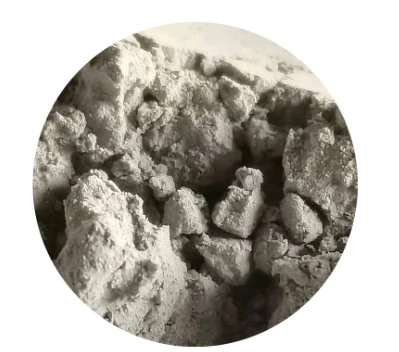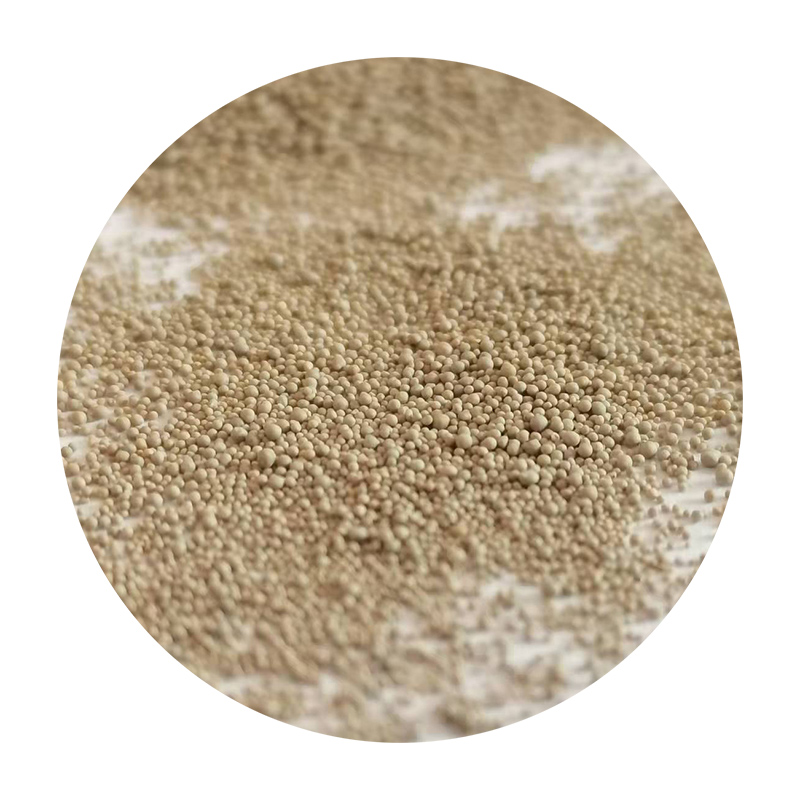

Another specialized sand type is core sand, essential for creating internal cavities within castings. Core sands are engineered to withstand the metal's heat without breaking down prematurely. Typically made from oil-impregnated sand, it offers superior collapsibility post-casting, allowing easy removal from complex internal structures. The choice of core sand significantly impacts the efficiency and ease of the final product's machining process, ensuring that internal channels and voids remain untouched and precise as designed. Resin sand is the go-to choice for manufacturers seeking superior surface perfection and dimensional accuracy. It uses a resin binder that offers superior strength and rigidity compared to traditional sand binders. This makes it ideal for engine blocks, cylinder heads, or other parts needing exceptional definition and tighter tolerance levels. The drawback, however, lies in its cost and the need for chemical handling precautions. Nevertheless, for many high-stakes applications, the benefits outweigh these challenges, providing reliability where it matters most. Manufacturers striving for cutting-edge production efficiency must not overlook the properties and specialties of these sands. Each type comes with its own set of advantages that cater to specific casting requirements. Understanding the intricacies of sand choice can not only avert potential quality issues but also streamline operations, reduce waste, and lead to significant cost savings. Exploring these sand types with a focus on Experience, Expertise, Authoritativeness, and Trustworthiness can empower manufacturing entities to innovate and excel sustainably in a competitive market. Post time:Feb . 13, 2025 11:36
Next:types of sand casting process
